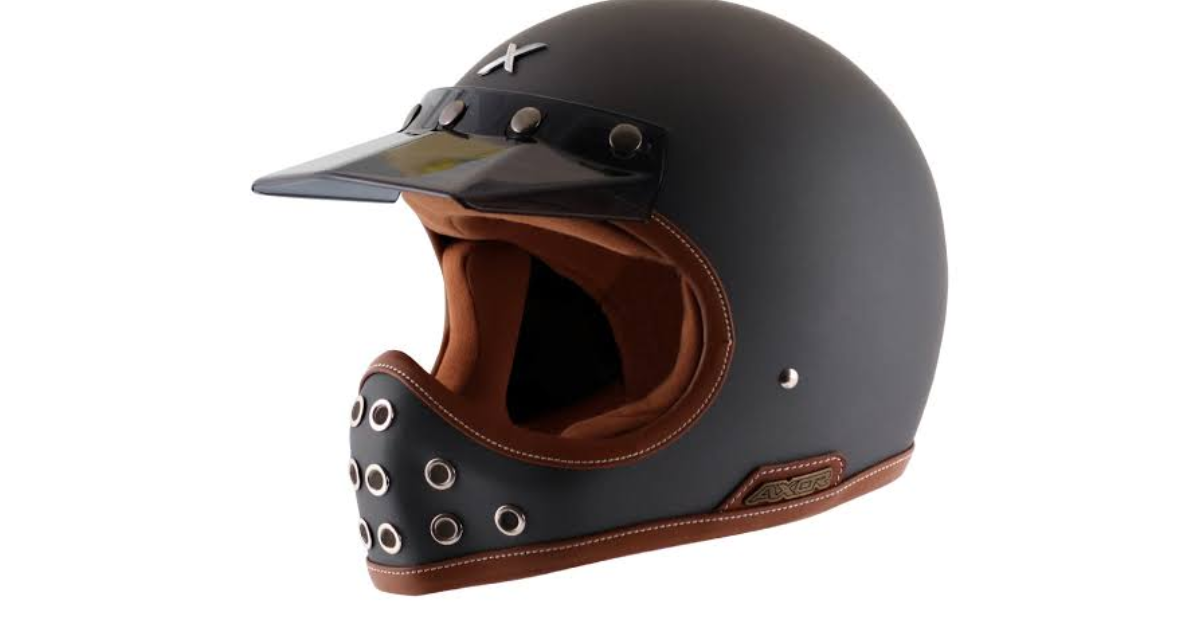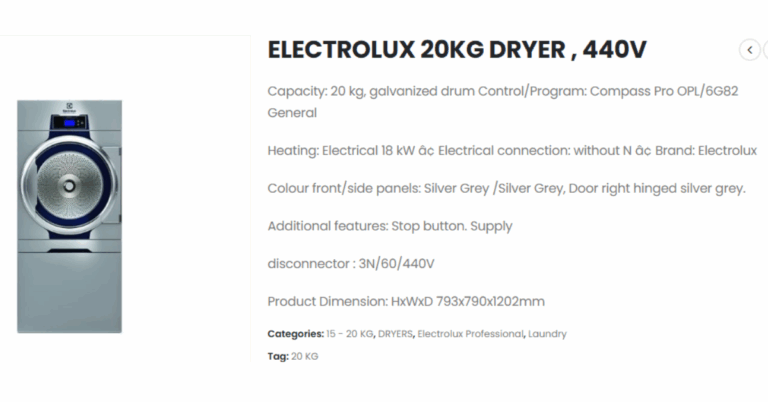The Ultimate Guide to Choosing the Perfect Helmet for Your Bike
When it comes to riding a bike, safety should always be your top priority. Whether you’re commuting to work, enjoying weekend rides, or hitting the trails for an adrenaline-packed adventure, a good-quality helmet can be a lifesaver. In this comprehensive guide, we’ll explore everything you need to know about choosing the right Helmet For Bike riding, why it matters, and how to select one that fits your needs perfectly.
Why a Helmet for Bike Riding is Essential
Bike helmets are not just an accessory—they are a crucial piece of safety equipment designed to protect your head in the event of an accident. According to numerous safety studies, wearing a helmet significantly reduces the risk of severe head injury during crashes. Helmets absorb the impact force and shield your skull and brain, making them indispensable for every rider.
The Risks of Riding Without a Helmet
Riding without a helmet increases the chance of serious injuries, including concussions, skull fractures, and brain damage. Many riders underestimate the risks involved in daily riding or overestimate their skill level, which can be dangerous. Wearing a helmet is a simple step that can protect your life or minimize injury severity if an accident occurs.
Different Types of Helmets for Bikes
Choosing the right helmet depends on the type of riding you do. Here’s an overview of the most common helmet types available in the market:
1. Road Bike Helmets
Designed for speed and ventilation, road bike helmets are lightweight with aerodynamic shapes and multiple vents to keep you cool on long rides. They prioritize breathability and comfort while maintaining solid protection.
2. Mountain Bike Helmets
Mountain bike helmets offer more coverage, especially around the back and sides of the head. They often include visors to protect from sun and debris, and their design accounts for rough terrain and frequent falls.
3. Commuter Helmets
Commuter helmets focus on comfort and visibility. They usually have built-in reflective elements and sometimes include features like integrated lights or better ear coverage for urban safety.
4. Full-Face Helmets
Used mainly by downhill mountain bikers and BMX riders, full-face helmets provide maximum protection by covering the entire head and face, including a chin guard. These helmets are heavier but essential for high-risk riding.
Key Features to Look for When Choosing a Helmet for Bike Riding
Selecting the right helmet involves more than just picking your favorite color or style. Here are the critical features every rider should consider:
1. Safety Certification
Always check for safety certifications such as DOT (Department of Transportation), ECE (Economic Commission for Europe), or Snell standards. These certifications ensure the helmet meets minimum safety requirements.
2. Proper Fit
A helmet should fit snugly without being too tight. Measure your head circumference and try different sizes to find the perfect fit. A poorly fitting helmet can reduce protection or become uncomfortable during rides.
3. Ventilation
Good airflow keeps you cool, especially during long or intense rides. Look for helmets with ample vents placed strategically to allow air circulation without compromising safety.
4. Weight
A lightweight helmet reduces strain on your neck and increases comfort, especially on longer rides. Advanced materials like polycarbonate and carbon fiber help reduce weight while maintaining protection.
5. Padding and Comfort
Soft, moisture-wicking padding adds comfort and helps with sweat absorption. Many helmets have removable and washable pads for easy maintenance.
6. Visibility Features
Some helmets come with reflective strips, bright colors, or even integrated LED lights to improve your visibility to other road users, enhancing your safety during night rides or poor weather conditions.
How to Properly Wear a Helmet for Maximum Safety
Wearing your helmet correctly is just as important as choosing the right one. Here are some tips:
-
Position the helmet level on your head and low on your forehead—about one or two finger widths above your eyebrows.
-
Adjust the side straps to form a “V” shape under your ears.
-
Buckle the chin strap securely but comfortably, ensuring you can fit no more than one or two fingers between the strap and your chin.
-
Avoid tilting the helmet back or forward, as this reduces the protection it provides.
Maintenance and Care Tips for Your Bike Helmet
Taking care of your helmet will ensure it stays in good condition and performs well when you need it most.
-
Clean your helmet regularly with mild soap and water. Avoid harsh chemicals that can damage materials.
-
Store your helmet in a cool, dry place away from direct sunlight.
-
Replace your helmet after any significant impact, even if there’s no visible damage.
-
Helmets generally have a lifespan of 3 to 5 years, after which materials can degrade and reduce effectiveness.
Helmet Wala’s Commitment to Quality and Safety
At Helmet Wala, we understand the importance of safety and comfort in every ride. Our wide range of helmets caters to different riding styles and preferences, ensuring you find the perfect fit. From lightweight road helmets to robust full-face mountain helmets, each product meets stringent safety standards to keep you protected.
We offer helmets from trusted brands known for their innovation, durability, and design excellence. When you choose a helmet from Helmet Wala, you’re investing in your safety and peace of mind.
Frequently Asked Questions (FAQ)
1. Why is wearing a helmet important when riding a bike?
Wearing a helmet protects your head from injuries during falls or collisions. It reduces the risk of serious head trauma and can save your life in accidents.
2. How do I know what size helmet to buy?
Measure the circumference of your head around the widest part, just above your eyebrows. Use the size chart provided by the helmet manufacturer to select the correct size.
3. Can I use the same helmet for road and mountain biking?
While it’s possible, it’s better to use helmets designed for each type of riding to ensure optimal protection and comfort.
4. How often should I replace my bike helmet?
Replace your helmet after any significant impact or every 3 to 5 years, as materials can degrade over time.
5. Are more expensive helmets safer?
Price doesn’t always equate to safety. Look for helmets with proper safety certifications and a good fit rather than focusing solely on price.
6. Can I wear a helmet with glasses?
Yes, most helmets are designed to be compatible with glasses. Try the helmet on with your glasses to ensure comfort.
Conclusion
Choosing the right helmet for bike riding is an investment in your safety and well-being. Whether you’re a casual rider or a seasoned cyclist, the helmet you wear can make a critical difference in protecting your head during unexpected accidents. Focus on finding a helmet that fits well, offers the necessary protection, and suits your riding style.
At Helmet Wala, we are dedicated to providing riders with top-quality helmets that combine safety, comfort, and style. Browse our collection today and ride with confidence, knowing you’re well-protected.







